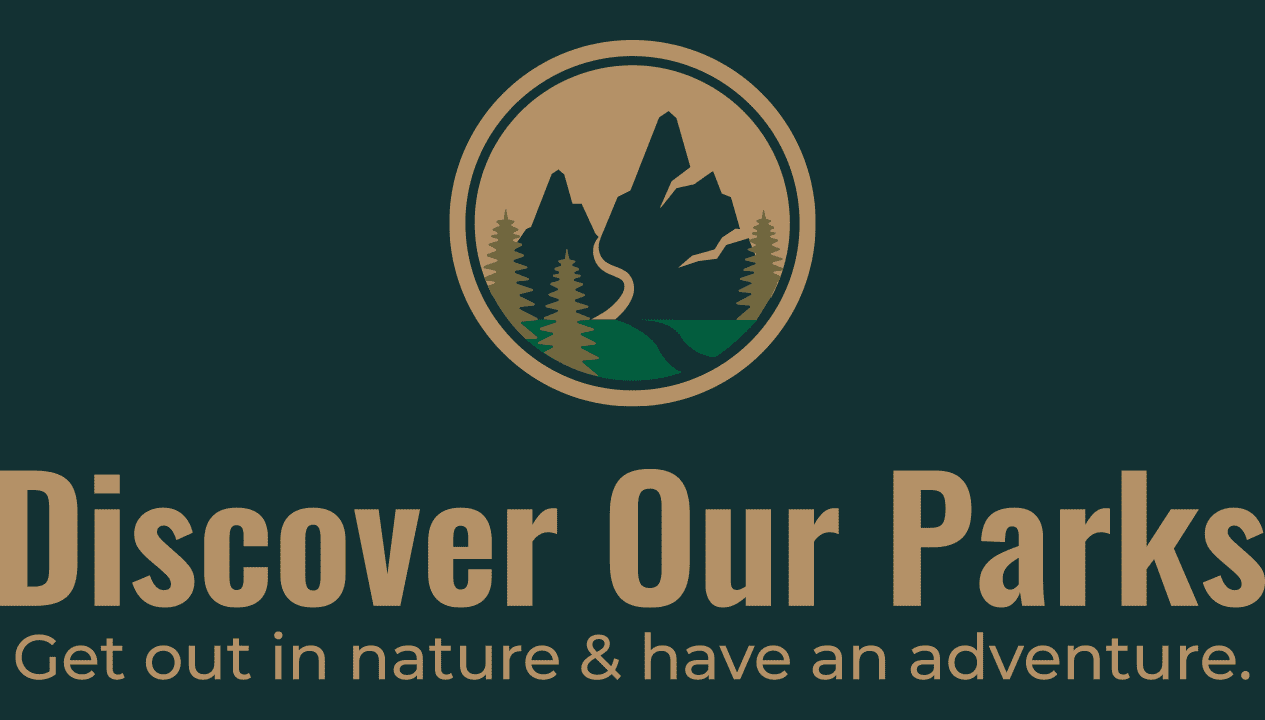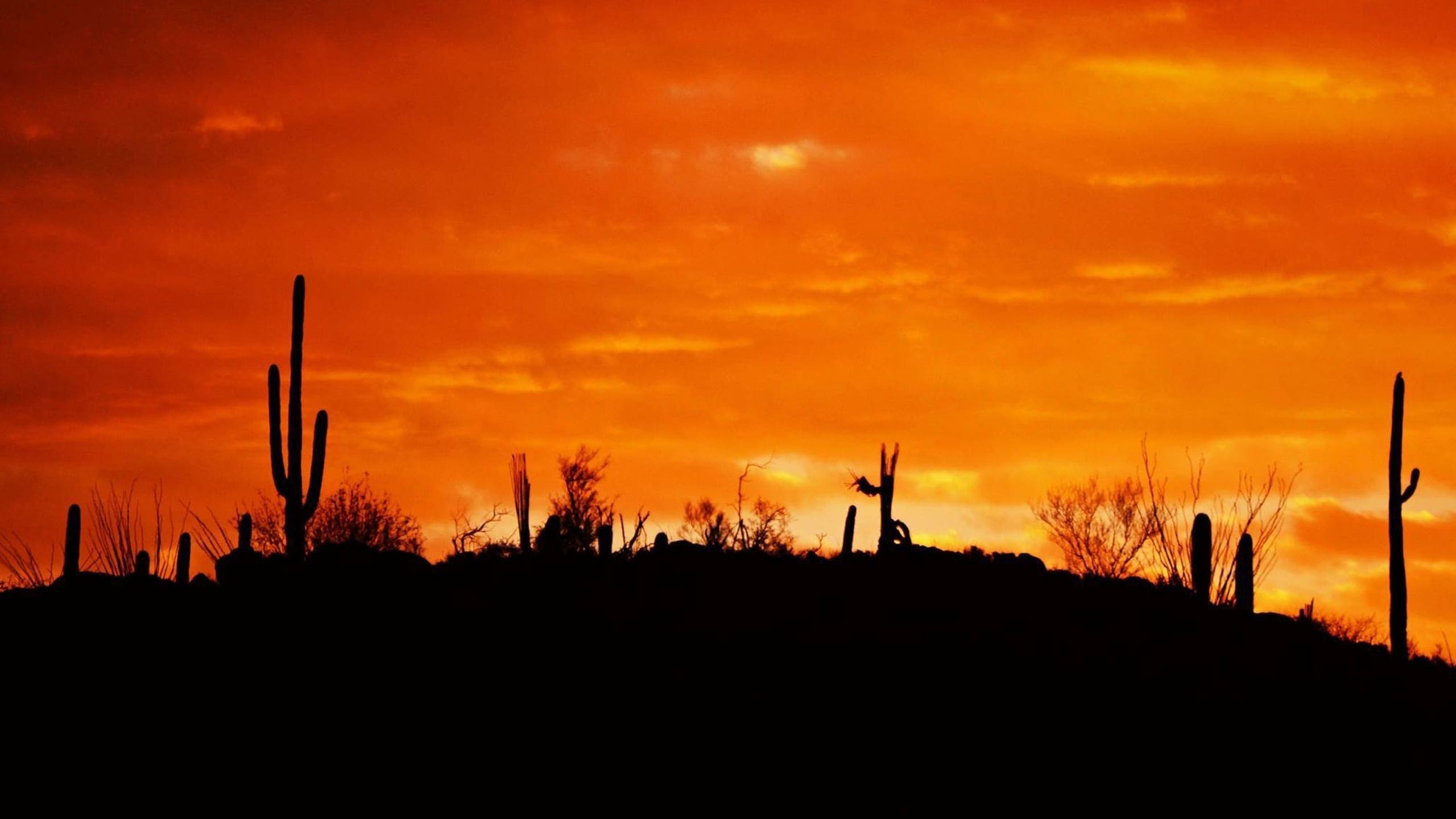About Saguaro National Park
Saguaro National Park was established by President Herbert Hoover on March 1, 1933. Originally named Saguaro National Monument, the name was changed to Saguaro National Park by an act of Congress on October 14, 1994 (see appendix A). Wilderness was designated in 1976, and boundary changes have taken place in 1961, 1976, 1991, and 1994. The park has 91,442.42 acres with 3,916.35 acres in nonfederal ownership and 87,526.07 acres in federal ownership. Designated wilderness includes 71,400 acres. Lands have been added to the park since wilderness designation in 1976.
This mountainous park has two districts—the Rincon Mountain District east of Tucson and the Tucson Mountain District west of Tucson. Both districts of the park are in Pima County, Arizona, and are separated by the City of Tucson. The Rincon Mountain District is bordered on the east and portions of the north and south by the Coronado National Forest. Residential developments border sections of the western, southwestern, and northwestern boundaries of this district. The Tucson Mountain District is bordered primarily by Pima County’s Tucson Mountain Park on the south and private residential development on the north, east, and west.
In 2010, according to U.S. Census data, Pima County had a population of approximately 980,263, and the City of Tucson’s population was 520,116 residents. The city is growing rapidly both in terms of population and land area. Between 1990 and 2000, the area of land within Tucson city limits increased by more than 25% through the annexation of more than 40 square miles of unincorporated Pima County. When the park districts were created, dirt roads connected these distant protected areas to the city. The 30 miles separating the two park districts are now mostly filled in with urban development and the city limits of Tuscon.
The trend has been expanding urbanization outward from the city core, and the city limits have expanded abut the park boundaries in some locations. The park districts, and adjacent protected areas, have become islands of wildness in a sea of urban development.
Saguaro National Park protects a superb example of the Sonoran Desert ecosystem, featuring exceptional stands of saguaro cacti, important wildlife habitat, critical riparian areas, and associated mountains. The park also protects significant cultural resources, including national register-listed or -eligible archeological resources, places important to American Indian cultural traditions, and historic structures.
A visit to Saguaro National Park allows visitors to come in close contact with one of the most interesting and unusual collections of desert life in the United States. Visitors of all ages are fascinated and enchanted by the desert giants, saguaro cacti, especially their many interesting and complex interrelationships with other desert life. The park provides exceptional opportunities for visitors to experience solitude and discover nature on their own, to educate people through close interaction with the environment, and to see the outstanding and diverse scenic features of this classic desert landscape.
Annual recreational visitation to the park has averaged around 700,000 in the last decade. The typical peak period of visitation at Saguaro is January through March. The months with the lowest visitation levels are July and August. The heat of the desert makes the summer months less desirable for many of the activities offered at the park. Most of the park’s visitors participate in day use activities such as hiking, bicycling, walking, horseback riding, scenic driving, and interpretive and educational events. Due to the proximity of the park to Tucson, a large number of Saguaro’s visitors are local to the area and have visited the park many times.
Source: Foundation Document – Saguaro National Park
Fast Facts:
| Date the Park was Established: | October 14, 1994 |
| Park Area (as of 2019): | 91,715.72 acres (371.2 km2) |
| Recreational Visitors (2018 Total): | 957,405 visitors |


